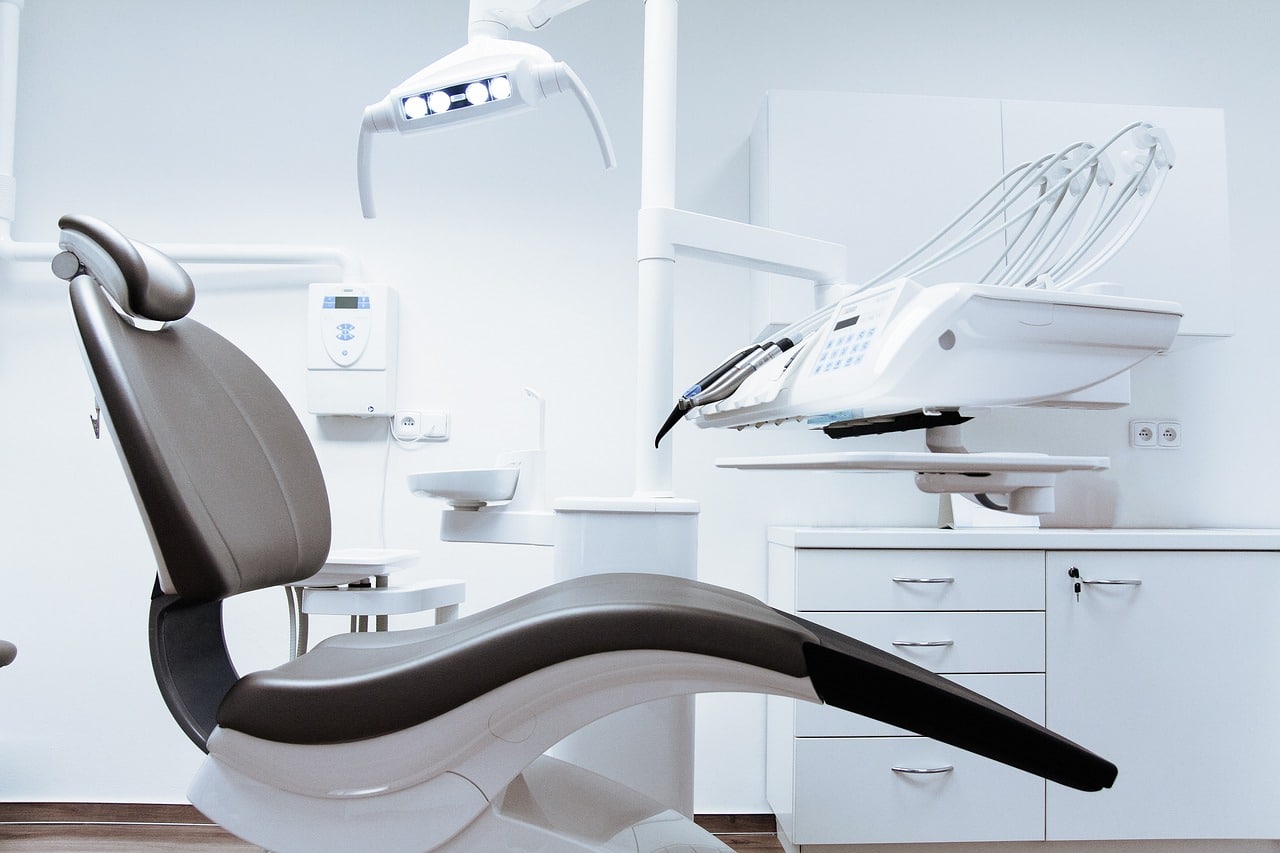The Fascinating Evolution of Dental Implants: Tracing the History of a Revolutionary Dental Solution
Dental implants have a rich and intriguing history that spans centuries, reflecting the remarkable human quest to restore and preserve our natural teeth. From ancient civilizations to the modern era of advanced dental technology, the evolution of dental implants is a testament to human ingenuity, perseverance, and the unwavering desire to reclaim the functionality and aesthetics of a complete smile. Let’s embark on a journey through time to discover the compelling history of dental implants and their enduring impact on dentistry.
Ancient Origins and Early Innovations
The roots of dental implants can be traced back to ancient civilizations, where early attempts to replace missing teeth were documented. Archaeological evidence from ancient Egypt and South America reveals instances of crude tooth-like objects made from materials such as shells and ivory, which were embedded in the jaw to provide functional teeth for the living or as adornments for the deceased. A fascinating dental implant was found in the skull of a first century, A.D. young man. The x-rays taken of the skull reveal that the implant was fused to the bon e and totally functional.
The Renaissance and Experimental Procedures
During the Renaissance period, inventive individuals like Leonardo da Vinci sketched designs for tooth replacement devices, demonstrating an early fascination with the concept of dental implants. However, it wasn’t until the 18th century that the first recorded attempts at transplanting human teeth and experimenting with metal implants were made, paving the way for future innovations in the field of implant dentistry.
Pioneering Discoveries and Modern Advancements
The 20th century heralded significant breakthroughs in dental implant technology, with pivotal contributions from researchers and clinicians shaping the course of implant dentistry as we know it today. Early work using metallic screws to repair bones was pate by orthopedic surgeons paving the way for the use of metal devices to be used in the tub for replacement. Some of the earliest works were during the 1930s and both Europe and America. In the 1950s sorry advances in the field of dental implant Ology. An American dentist named Isai Lew, developed the technique for a direct impression of a man jawbone, which facilitated the placement of vape, vital middle framework onto the bone, which would be used as an anchor to secure a fixed, denture, innovative technique pave the way, for many other dental researches to creatively, expand the field of Implant dentistry with other forms of implantation with other designs. A Swedish orthopedic surgeon Per-Ingvar Brånemark serendipitously discovered osseointegration, the biological process by which titanium implants fuse with bone tissue, laying the groundwork for the development of modern dental implant systems.
The 1960s witnessed the first clinical application of titanium blade design dental implants by Dr. Leonard Linkow, marking a transformative milestone in implant dentistry. Subsequent decades saw the refinement of implant designs, advancements in surgical techniques, and the introduction of computer-aided implant planning, elevating the precision and predictability of implant placement. With ongoing research, technological innovations, and the integration of materials such as zirconia, dental implants have evolved into a safe, reliable, and versatile solution for tooth replacement.
Contemporary Trends and Future Prospects
In the present day, dental implants have become the gold standard for replacing missing teeth, offering patients a durable, natural-looking, and functionally superior alternative to traditional prosthetic options. The ongoing convergence of digital dentistry, 3D printing, and regenerative therapies holds promise for further enhancing the efficacy and accessibility of dental implant treatment, ushering in an era of personalized, minimally invasive implant solutions.
The riveting history of dental implants stands as a testament to humanity’s relentless pursuit of dental innovation and the enduring quest to restore oral health and revitalizing smiles. As we continue to honor and build upon the legacy of past achievements, the future of dental implants is poised to deliver even greater advancements, expanding access to transformative dental care and reshaping the landscape of modern dentistry.
In conclusion, the evolution of dental implants from ancient antiquity to the forefront of contemporary dental care serves as a testament to the enduring human pursuit of dental excellence. Through centuries of experimentation, innovation, and scientific discovery, dental implants have transcended ancient prototypes to become a cornerstone of modern restorative dentistry, offering countless individuals the opportunity to rediscover the joy of a complete and confident smile.
The information provided in this blog is intended for general informational purposes only and should not be construed as professional dental advice. Readers are advised to consult with a qualified dental professional or healthcare provider for personalized dental care recommendations, diagnosis, or treatment. The content of this blog does not replace, supersede, or constitute a professional relationship with a licensed dental practitioner. Any reliance upon the information presented in this blog is at the reader’s own risk. The author and publisher of this blog are not liable for any adverse outcomes or damages resulting from the application of information provided herein. Additionally, dental care practices and standards may vary by location, and readers are encouraged to seek guidance from local dental professionals for specific dental care needs and considerations.

